Azarakhsh Jalalvand
IDLab, Ghent University - imec, Ghent, Belgium
Diag2Diag: Multi modal super resolution for physics discovery with application to fusion
May 09, 2024Abstract:This paper introduces a groundbreaking multi-modal neural network model designed for resolution enhancement, which innovatively leverages inter-diagnostic correlations within a system. Traditional approaches have primarily focused on uni-modal enhancement strategies, such as pixel-based image enhancement or heuristic signal interpolation. In contrast, our model employs a novel methodology by harnessing the diagnostic relationships within the physics of fusion plasma. Initially, we establish the correlation among diagnostics within the tokamak. Subsequently, we utilize these correlations to substantially enhance the temporal resolution of the Thomson Scattering diagnostic, which assesses plasma density and temperature. By increasing its resolution from conventional 200Hz to 500kHz, we facilitate a new level of insight into plasma behavior, previously attainable only through computationally intensive simulations. This enhancement goes beyond simple interpolation, offering novel perspectives on the underlying physical phenomena governing plasma dynamics.
PyRCN: Exploration and Application of ESNs
Mar 08, 2021
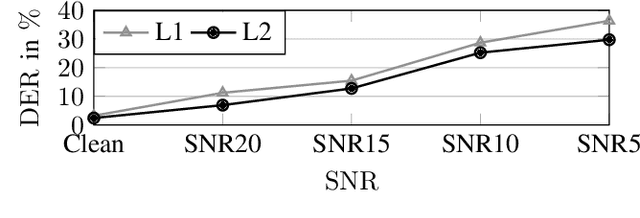


Abstract:As a family member of Recurrent Neural Networks and similar to Long-Short-Term Memory cells, Echo State Networks (ESNs) are capable of solving temporal tasks, but with a substantially easier training paradigm based on linear regression. However, optimizing hyper-parameters and efficiently implementing the training process might be somewhat overwhelming for the first-time users of ESNs. This paper aims to facilitate the understanding of ESNs in theory and practice. Treating ESNs as non-linear filters, we explain the effect of the hyper-parameters using familiar concepts such as impulse responses. Furthermore, the paper introduces the Python toolbox PyRCN (Python Reservoir Computing Network) for developing, training and analyzing ESNs on arbitrarily large datasets. The tool is based on widely-used scientific packages, such as numpy and scipy and offers an interface to scikit-learn. Example code and results for classification and regression tasks are provided.
Cluster-based Input Weight Initialization for Echo State Networks
Mar 08, 2021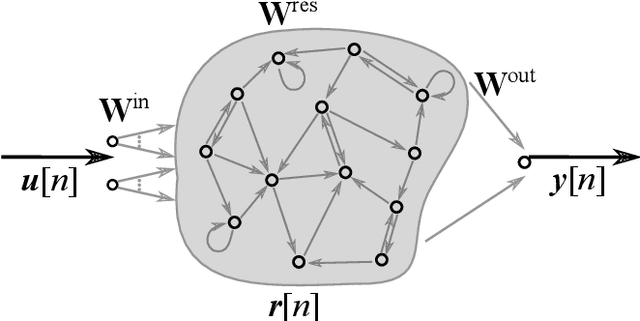

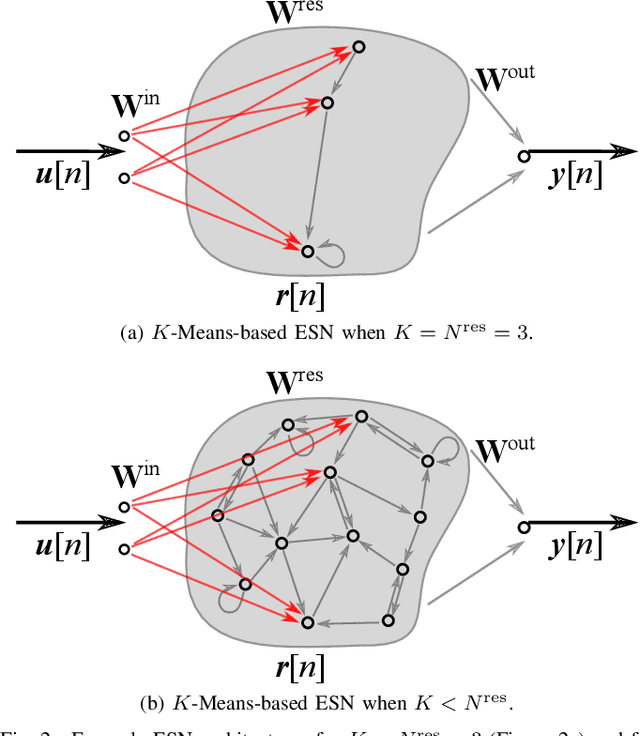
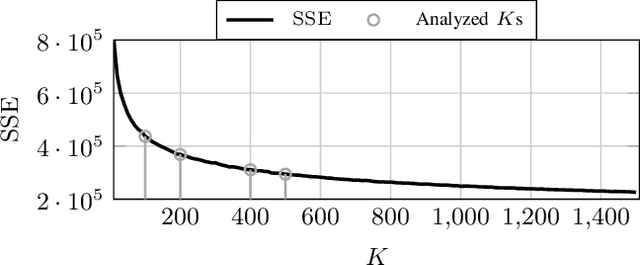
Abstract:Echo State Networks (ESNs) are a special type of recurrent neural networks (RNNs), in which the input and recurrent connections are traditionally generated randomly, and only the output weights are trained. Despite the recent success of ESNs in various tasks of audio, image and radar recognition, we postulate that a purely random initialization is not the ideal way of initializing ESNs. The aim of this work is to propose an unsupervised initialization of the input connections using the K-Means algorithm on the training data. We show that this initialization performs equivalently or superior than a randomly initialized ESN whilst needing significantly less reservoir neurons (2000 vs. 4000 for spoken digit recognition, and 300 vs. 8000 neurons for f0 extraction) and thus reducing the amount of training time. Furthermore, we discuss that this approach provides the opportunity to estimate the suitable size of the reservoir based on the prior knowledge about the data.
Investigating the significance of adversarial attacks and their relation to interpretability for radar-based human activity recognition systems
Jan 26, 2021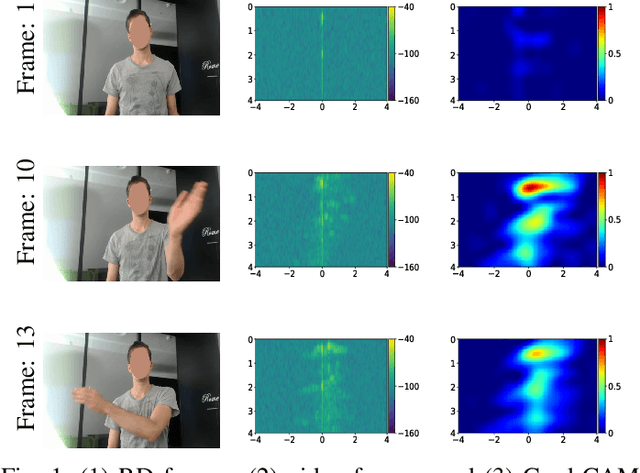
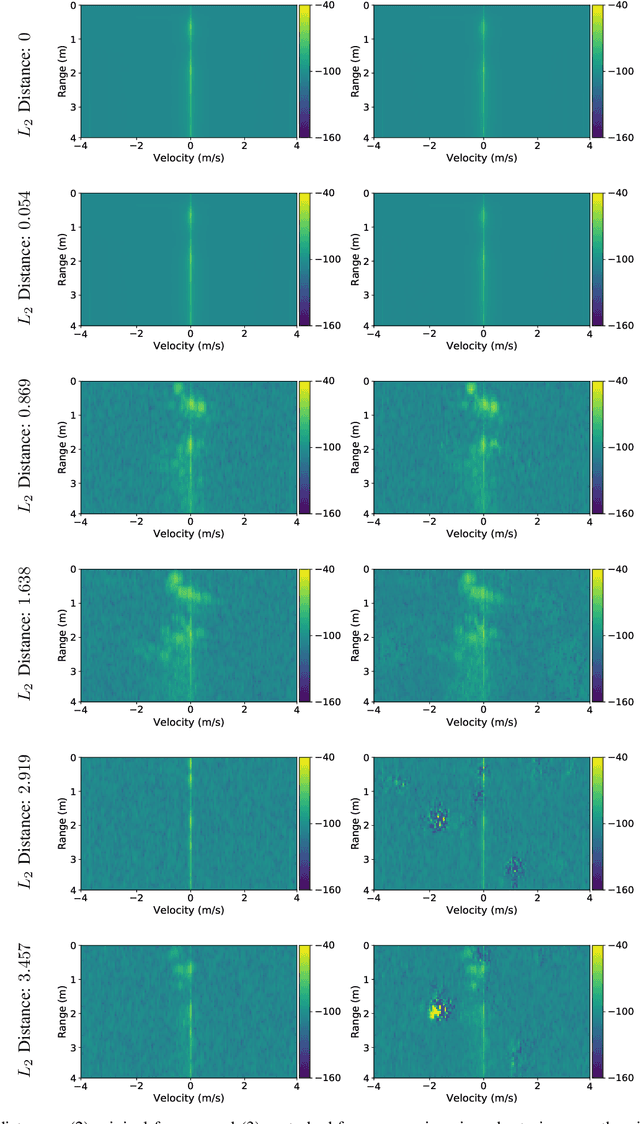
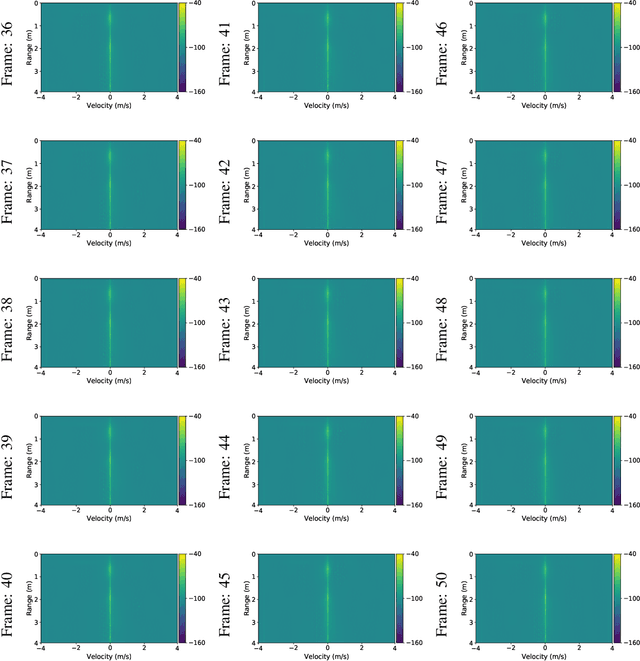
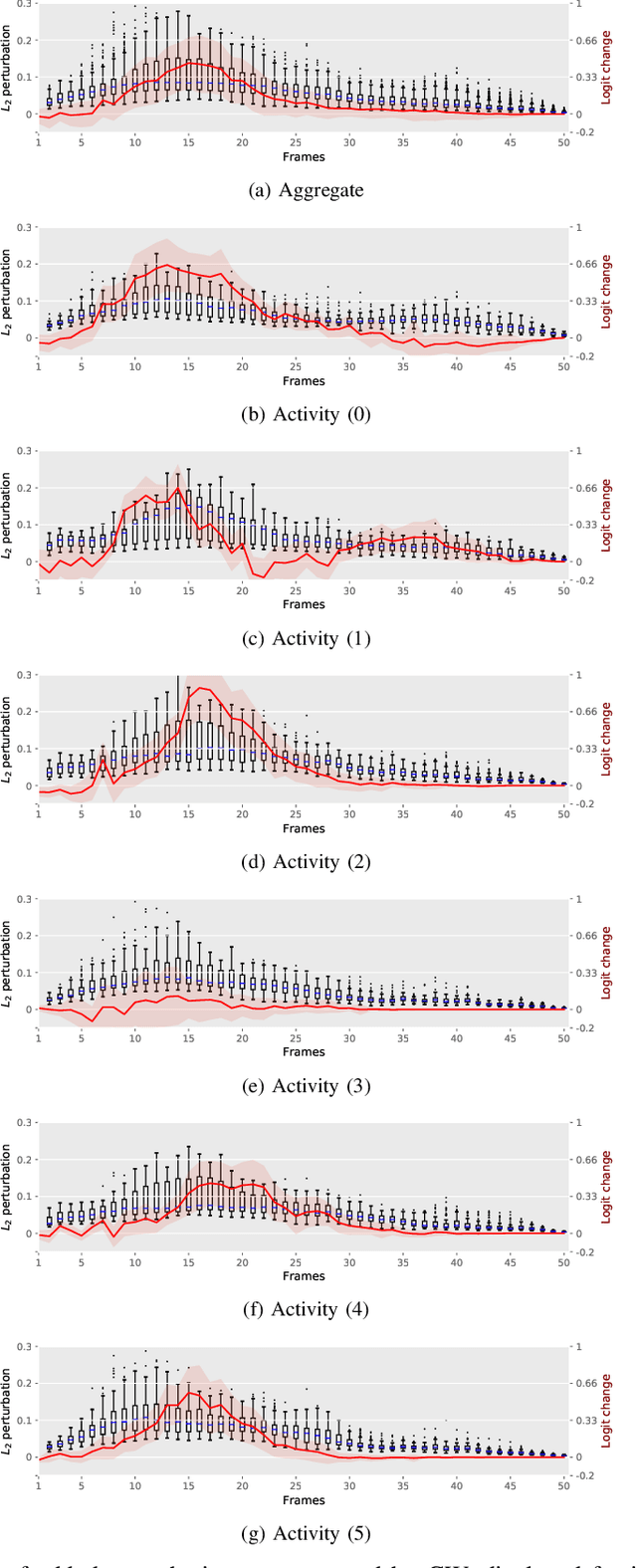
Abstract:Given their substantial success in addressing a wide range of computer vision challenges, Convolutional Neural Networks (CNNs) are increasingly being used in smart home applications, with many of these applications relying on the automatic recognition of human activities. In this context, low-power radar devices have recently gained in popularity as recording sensors, given that the usage of these devices allows mitigating a number of privacy concerns, a key issue when making use of conventional video cameras. Another concern that is often cited when designing smart home applications is the resilience of these applications against cyberattacks. It is, for instance, well-known that the combination of images and CNNs is vulnerable against adversarial examples, mischievous data points that force machine learning models to generate wrong classifications during testing time. In this paper, we investigate the vulnerability of radar-based CNNs to adversarial attacks, and where these radar-based CNNs have been designed to recognize human gestures. Through experiments with four unique threat models, we show that radar-based CNNs are susceptible to both white- and black-box adversarial attacks. We also expose the existence of an extreme adversarial attack case, where it is possible to change the prediction made by the radar-based CNNs by only perturbing the padding of the inputs, without touching the frames where the action itself occurs. Moreover, we observe that gradient-based attacks exercise perturbation not randomly, but on important features of the input data. We highlight these important features by making use of Grad-CAM, a popular neural network interpretability method, hereby showing the connection between adversarial perturbation and prediction interpretability.
 Add to Chrome
Add to Chrome Add to Firefox
Add to Firefox Add to Edge
Add to Edge